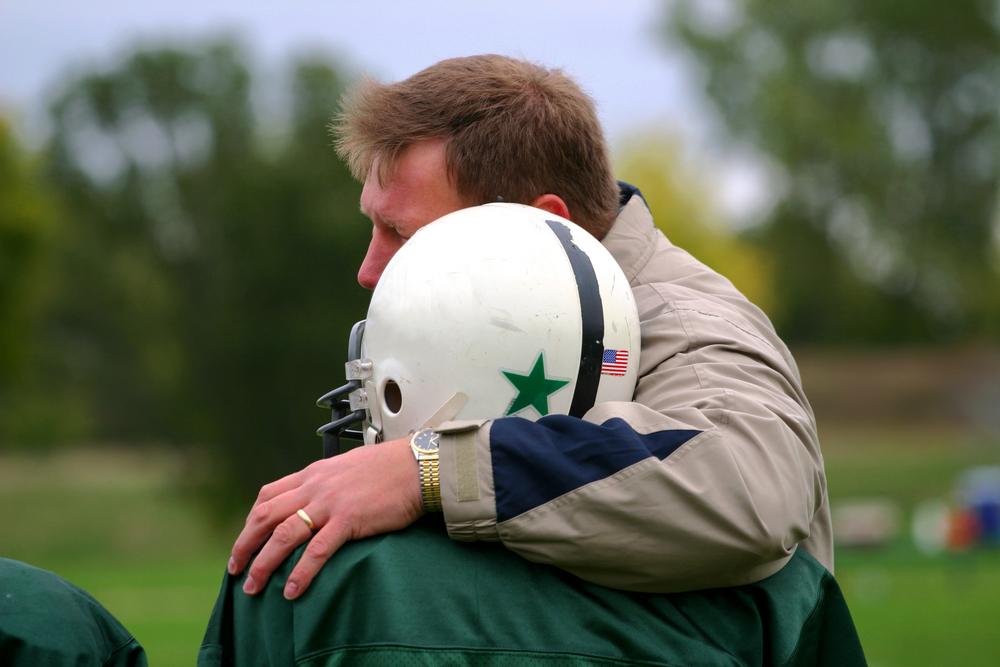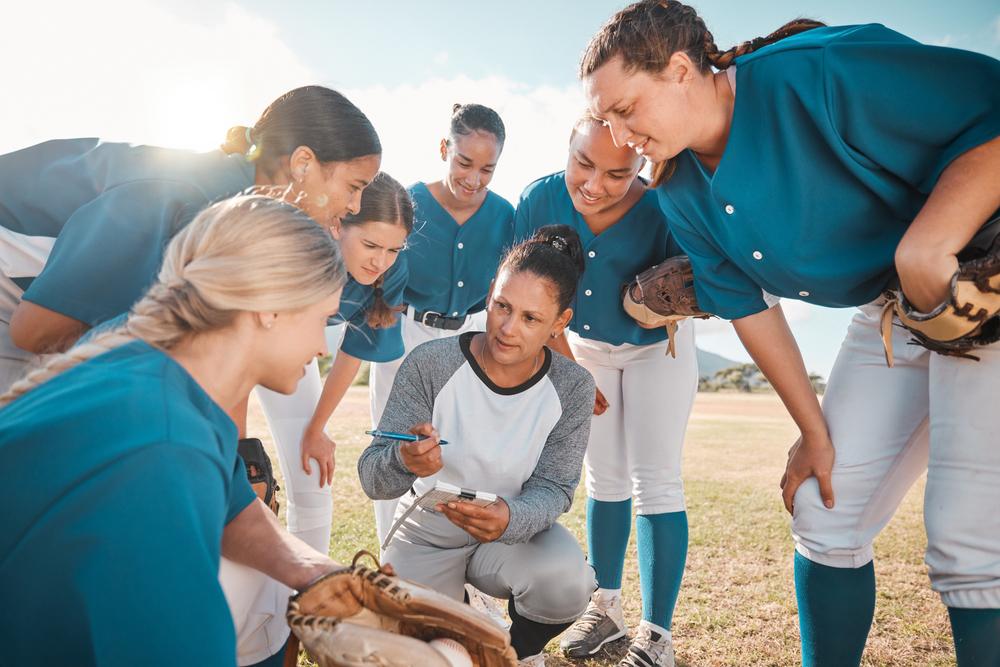 For parents, it can feel as though your athlete has to go all-in on one sport to keep up, from getting outside coaching to traveling every weekend for tournaments. This is understandable, given the social pressures and competitive culture of youth sports today, but ultimately, a more balanced approach to sport will help build a lifelong athlete—and a happier family unit.
For parents, it can feel as though your athlete has to go all-in on one sport to keep up, from getting outside coaching to traveling every weekend for tournaments. This is understandable, given the social pressures and competitive culture of youth sports today, but ultimately, a more balanced approach to sport will help build a lifelong athlete—and a happier family unit.
Here, TrueSport Expert Ian Goldberg, coach, sport dad, and founder and CEO of iSport360, explains why parents are so invested in youth sport and offers a better way for your athlete to play.
What Pressures Drive Sport Parents?
Today, parents are invested in their kids’ sports in a way that they never have been before. Not only are parents paying significantly more for programming and extra coaching than they ever have, Goldberg says that parents and caregivers are also more emotionally invested in their child’s athletic career—and unfortunately, often for the wrong reasons.
“If we correlate the amount of money parents are spending on their kids’ sports with the amount of expectations they have, they’re spending a lot of money, and so they have very high expectations,” explains Goldberg. “They expect their kid to get a ton of playing time and have the best, most professional coaches with the best curriculum. They want their kid to be scoring goals. They also want their kids to have a good time and love their teammates and be excited for practice. That’s a nearly impossible amount of pressure on everyone.”
“Another added pressure is that parents feel the need to watch practices, as well as every game. And when parents are on the sidelines and they see their kid get knocked down or fouled, it’s often hard for them to stay calm,” he explains. “I’ve seen some of the worst behavior on the sidelines of ball fields.”
The stress parents experience actually increases the more successful the athlete becomes, he adds. Once your athlete experiences a small amount of success, it’s natural for you as the caregiver to want to lean into that—and potentially push your athlete too hard in the process.
At younger and younger ages, Goldberg says that athletes are being pushed to specialize, focusing on one sport at the cost of everything else in their lives. “There’s a real fear of missing out, or your child falling behind if they do dance for a couple months instead of playing club soccer in the offseason,” he says.
There’s also very little room for downtime for young athletes anymore. “With all the teams, clubs, and academies, there’s a lot of juggling for these kids,” says Goldberg. “We know that anxiety is a tremendous issue with teenagers right now, and this sport pressure doesn’t help.”
Ironically, this focus on success in one sport can lead to worse performance, injury, burnout, or just a lack of enthusiasm for a sport that they once loved.
How to Step Off the High-Pressure Youth Sport Treadmill
 Start with an honest, open conversation with your athlete—and include the whole family in the discussion if it’s appropriate, says Goldberg. Begin by defining what your athlete actually wants from their sport experience. Is it fun with friends, success on the field, a chance to spend time outside? This answer can dictate how your family chooses to engage in sport: If fun and friendship are the driving forces, a less competitive environment may be what your athlete prefers. But if they truly love the sport and are hoping to pursue it further, you may opt for a different program.
Start with an honest, open conversation with your athlete—and include the whole family in the discussion if it’s appropriate, says Goldberg. Begin by defining what your athlete actually wants from their sport experience. Is it fun with friends, success on the field, a chance to spend time outside? This answer can dictate how your family chooses to engage in sport: If fun and friendship are the driving forces, a less competitive environment may be what your athlete prefers. But if they truly love the sport and are hoping to pursue it further, you may opt for a different program.
Then, as a family, work out what matters most to all of you. Is it having free weekends, or sitting down together for dinner most nights of the week? Is it no tournaments on holidays, or is travel okay as long as one parent can attend? This can also be a good time to talk about how involved you as a caregiver are with your athlete’s sport. Do they want you at their games or practices, or would they be less stressed if you skipped some of them, or pledged to stay quiet in the stands?
Be honest and upfront with your athlete about the family budget as well, says Goldberg, especially if there are certain tournaments, competitions, or other expectations from the coach that will stretch the family finances. What’s within your budget and within your ability from a scheduling standpoint? It’s better for your athlete to understand the cost of their sport, especially if it means cuts in other areas of their lives, like the inability to do dance camp in the summer because of the price of travel soccer in the spring. If finances are an issue for you—or for another athlete’s family on the team—you can also consider talking to the coach about participation in a more budget-friendly way.
Ultimately, the youth sport community often has the best of intentions—almost every parent simply wants the best for their young athlete, Goldberg says. But as the caregiver, it’s your job to be more self-aware about what your athlete actually wants, what is healthy for them, and what is good for your family.
__________________________
Takeaway
For parents, it can be hard to help your athlete take the right path in youth sport but finding a balance that allows for fun and family time while also letting your athlete progress in their sport is key to avoiding burnout for both the parent and the athlete.



